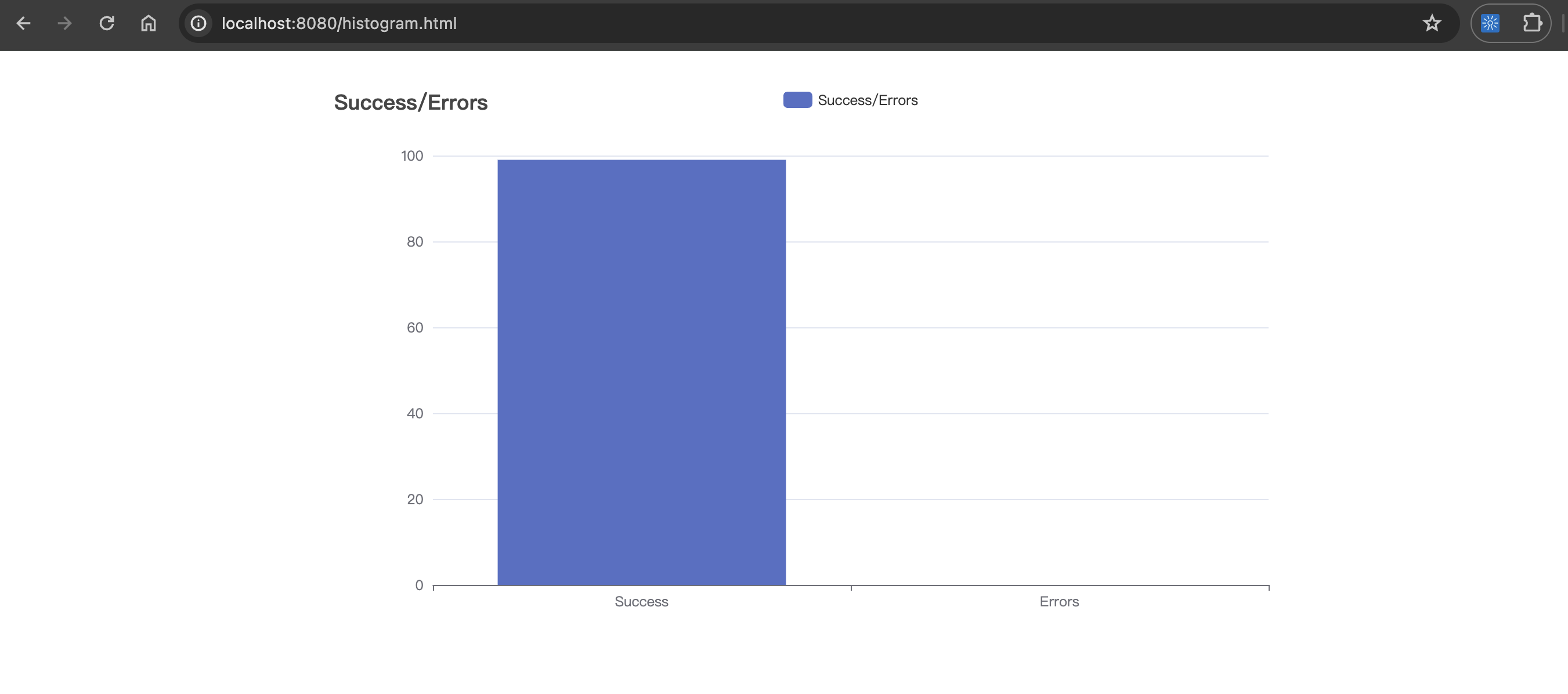It's a simple self gRPC stress testing tool. You can deploy the client and server on your own Kubernetes cluster to test. It will set a Kubernetes cronjob to perform stress tests (once every 5 minutes).
go run server/main.goor
./server/servergo run client/main.go {...arguments}or
./client/client {...arguments}Heer's argument usages
-addr string
the address to connect to (default "localhost:50051")
-concurrent int
the number of concurrent requests (default 2)
-frequency int
the frequency of requests per second (default 1)
-histogram-path string
the path to the historgram file (default "histogram.html")
-report-path string
the path to the report file (default "report.json")
-runtime int
the number of seconds to run (default 10)
You can run make to build client and server command
makeYou can build server/client Docker images using make
make build-client-docker
make build-server-dockerBefore deploy to k8s, you need to configure you k8s credentials first. If you are not using DigitalOcean Volume on Kubernetes, please replace your PersistentVolumeClaim at deployments/k8s/report.yaml
Then use make deploy to deploy
make deployYou can update fields in deployments/k8s/client.yaml to change frequency and concurrent
Here's the fields
spec.JobTemplate.spec.template.containers[].args
It will serve report service on report-service:80, your can use port-forward to see the latest report json
Use forward command below will show report json/histogram on your http://localhost:8080/report.json and http://localhost:8080/histogram.html
kubectl port-forward service/report-service 8080:80If you don't want to forward report-service, I recommand you use k9s to read the cronjob result.


